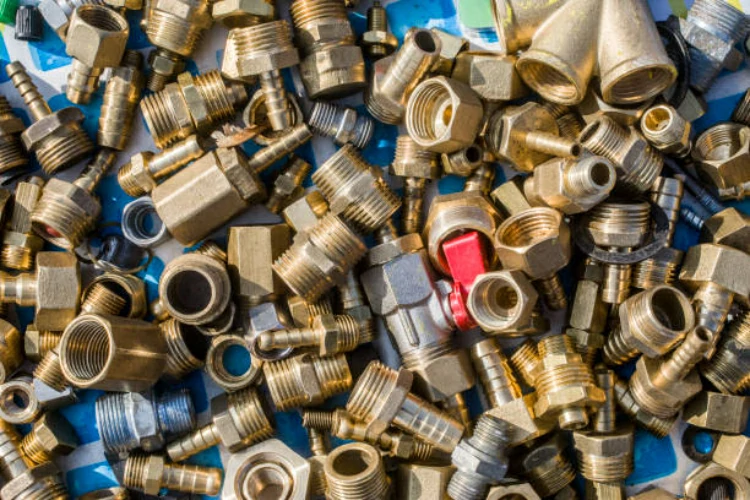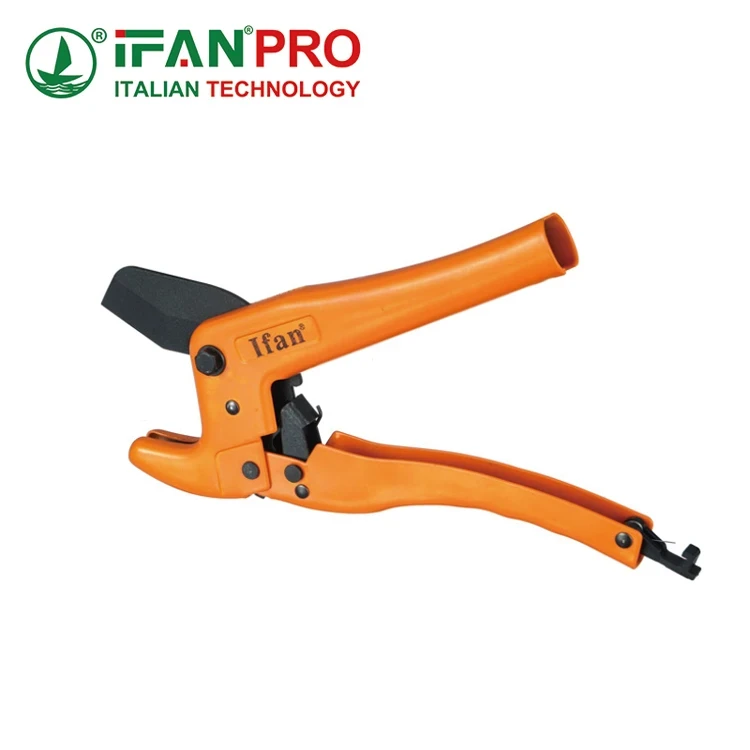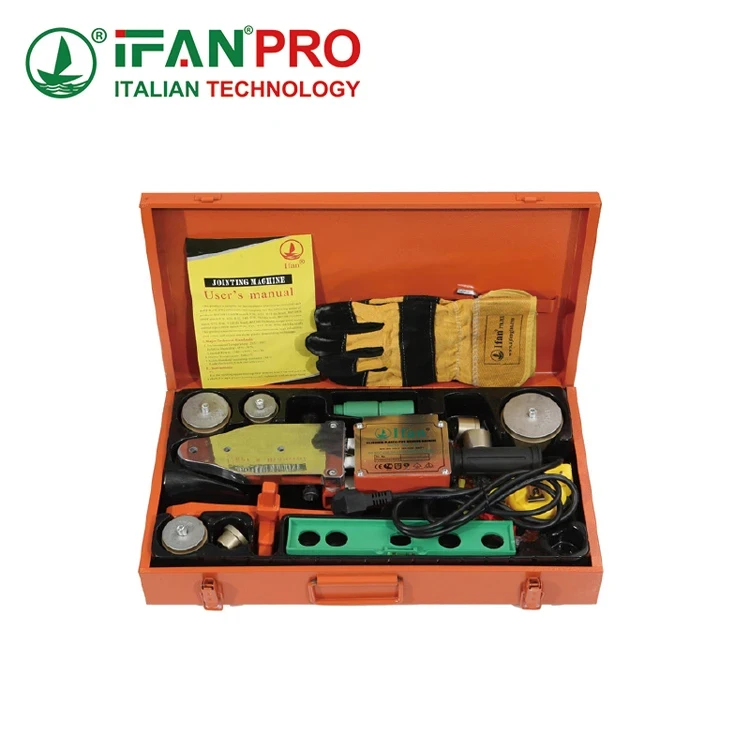Introduction:
Proper installation and maintenance are crucial for ensuring the optimal performance and longevity of brass ball valves. Whether you’re a homeowner, plumber, or industrial facility manager, knowing how to install and maintain these valves correctly can prevent costly repairs and downtime. In this guide, we’ll delve into the essential steps and best practices for installing and maintaining brass ball valves.
Installation Best Practices
1.1 Pre-Installation Inspection Before installing brass ball valves, conduct a thorough inspection of the valves and surrounding piping system. Check for any signs of damage, corrosion, or debris that could affect performance.
1.2 Proper Valve Positioning Position the brass ball valves in a way that allows for easy access and operation. Ensure that the valves are installed in the correct orientation to facilitate proper flow control.
1.3 Correct Pipe Preparation Prepare the pipes by cleaning and deburring the ends to ensure a secure and leak-free connection. Use appropriate fittings and sealants according to the specifications of the valve and piping system.
1.4 Secure Installation Securely fasten the brass ball valve to the piping system using appropriate mounting hardware. Avoid over-tightening, which could damage the valve or compromise its integrity.
1.5 Pressure Testing After installation, perform a pressure test to verify the integrity of the system and identify any leaks. Follow industry standards and guidelines for pressure testing procedures.
Maintenance Tips for Long-Term Performance
2.1 Regular Inspection Schedule regular inspections of brass ball valves to detect any signs of wear, corrosion, or leaks. Inspect valve components, including the ball, seats, stem, and seals, for any damage or deterioration.
2.2 Lubrication Proper lubrication is essential for ensuring smooth operation and preventing corrosion. Apply a compatible lubricant to the valve stem and other moving parts according to manufacturer recommendations.
2.3 Cleaning Periodically clean brass ball valves to remove any dirt, debris, or buildup that could impair performance. Use mild detergent and water for cleaning, and avoid harsh chemicals that could damage the valve.
2.4 Leak Detection Monitor brass ball valves for any signs of leaks, such as dripping or puddling around the valve body. Promptly repair or replace any leaking valves to prevent water waste and potential damage to the surrounding area.
2.5 Valve Exercise Regularly exercise brass ball valves by opening and closing them fully to prevent seizing and ensure proper function. This helps to maintain valve integrity and prolong service life.
Conclusion:
Proper installation and maintenance are essential for maximizing the performance and longevity of brass ball valves. By following the best practices outlined in this guide, you can ensure reliable operation, minimize downtime, and extend the lifespan of your valves. Remember to schedule regular inspections, perform necessary repairs, and prioritize safety in all valve-related activities. With proactive care and attention, brass ball valves can continue to provide efficient flow control for years to come.
IFAN is a Chinese manufacturer of plastic pipes, fittings and valves with 30 years of experience. If you are interested in IFAN copper fittings, copper valves, plastic pipes and fittings, please contact us. IFAN offers you a variety of standard pipes to meet your specific needs. Click below to learn more about IFAN’s wide range of affordable and cost-effective valve products and piping system related products.
We will reply your email or fax within 24 hours.
You can call us at any time if there is any question on our production.
For more information,pls visit our webside https://ifanpro.com/
Pls Mailto: [email protected]
Whatsapp: + 86 19857948982













Recent Comments